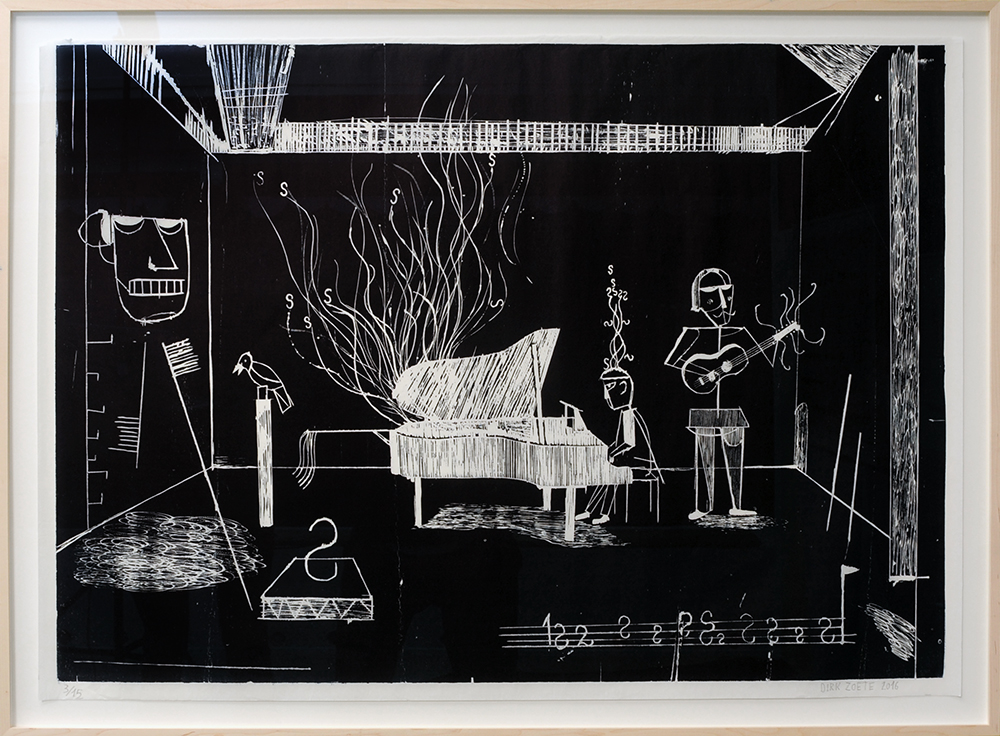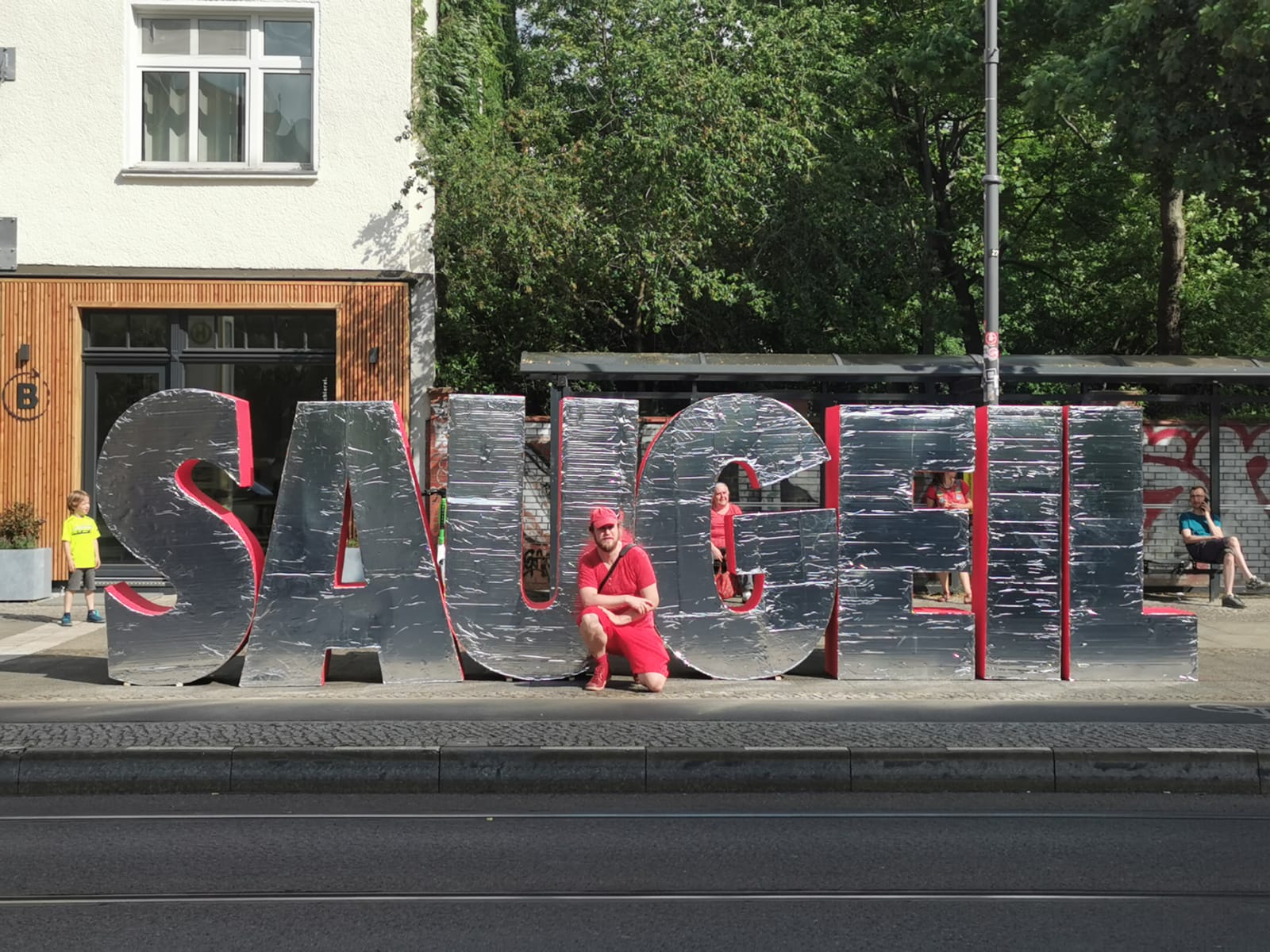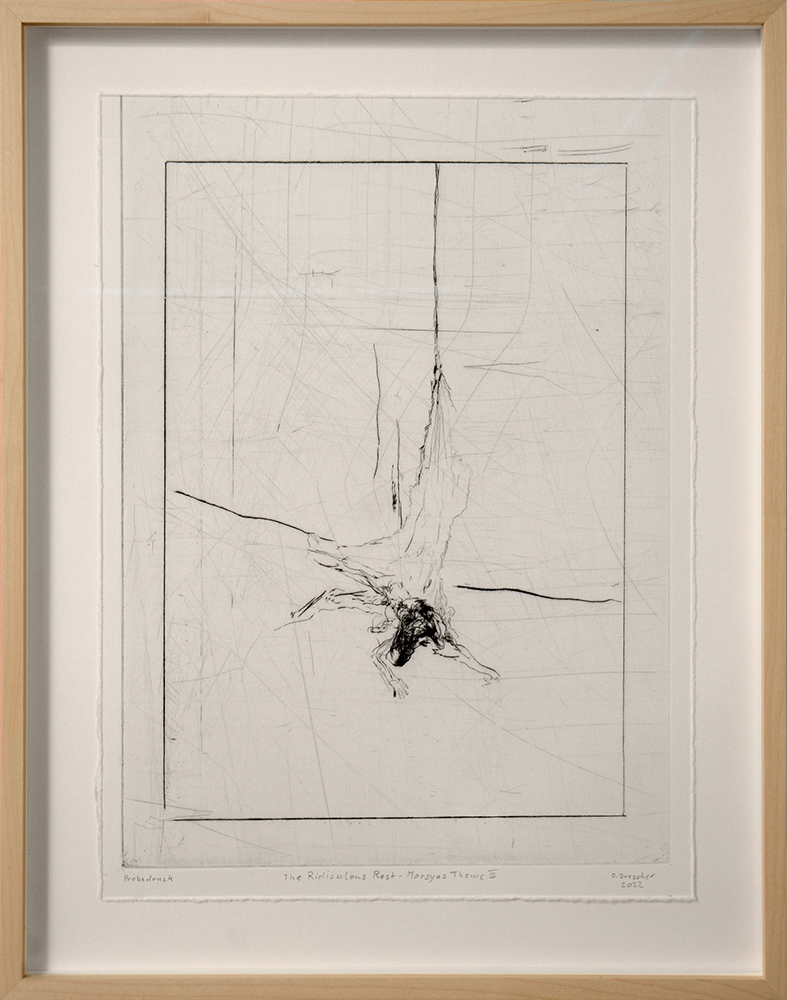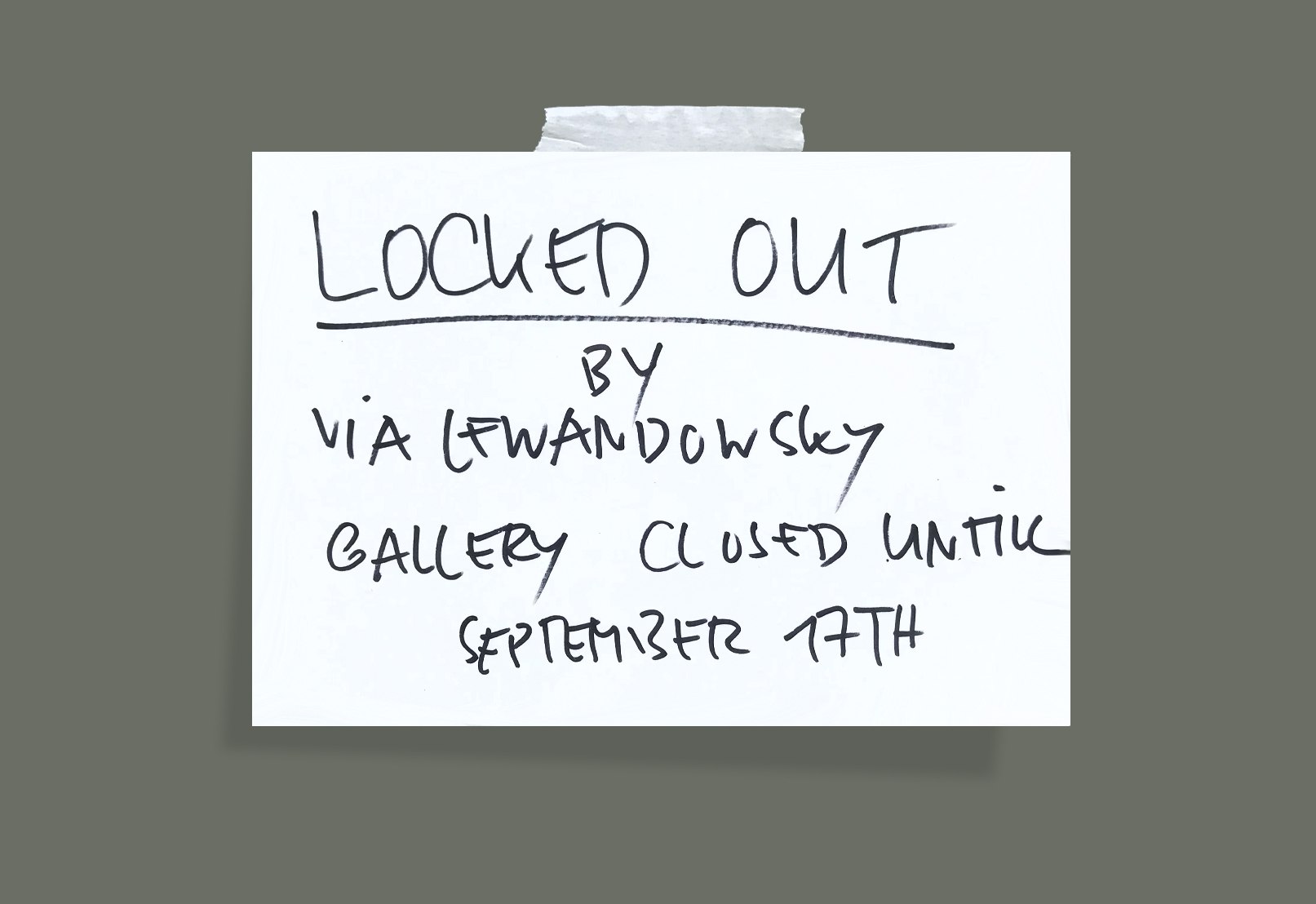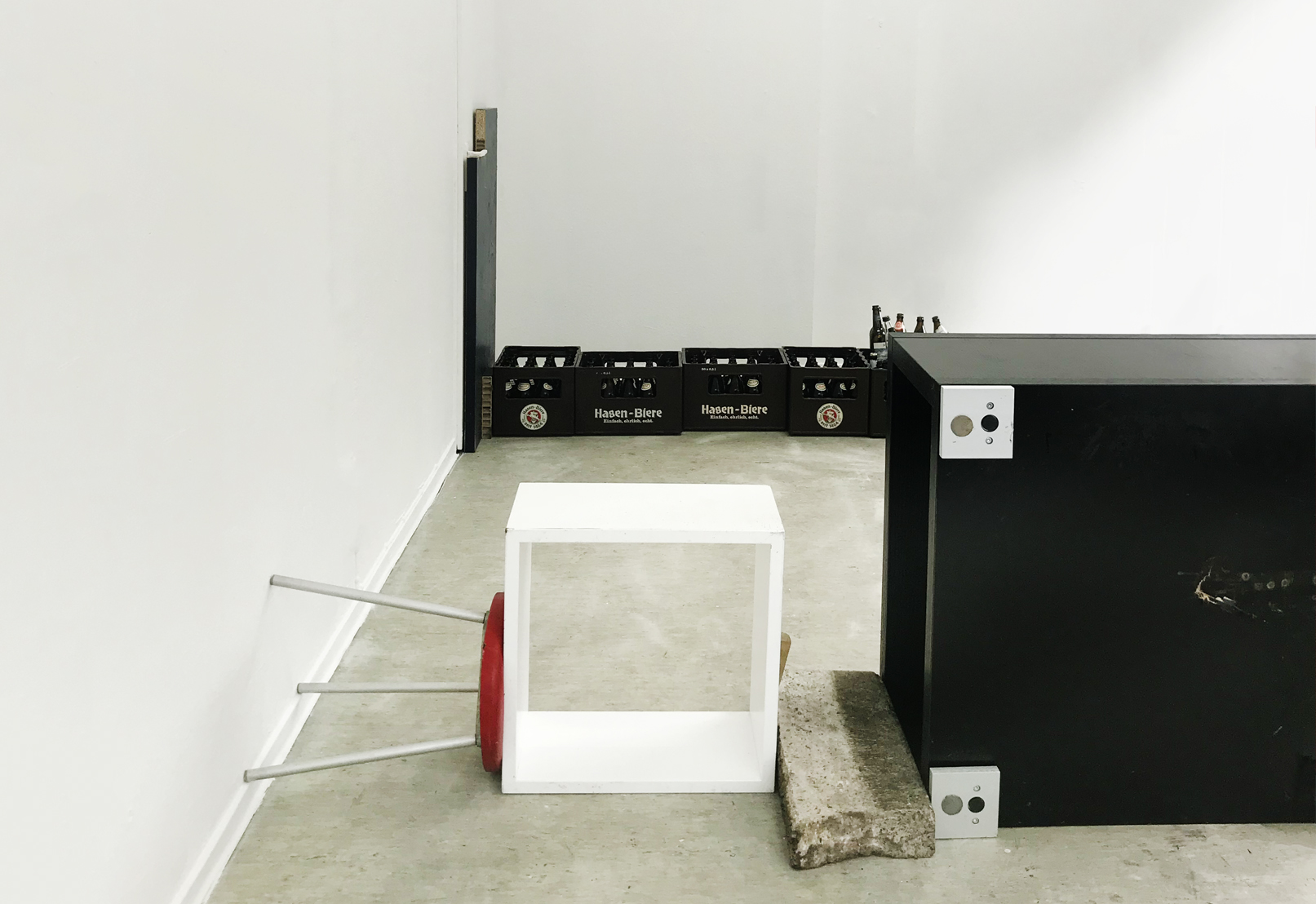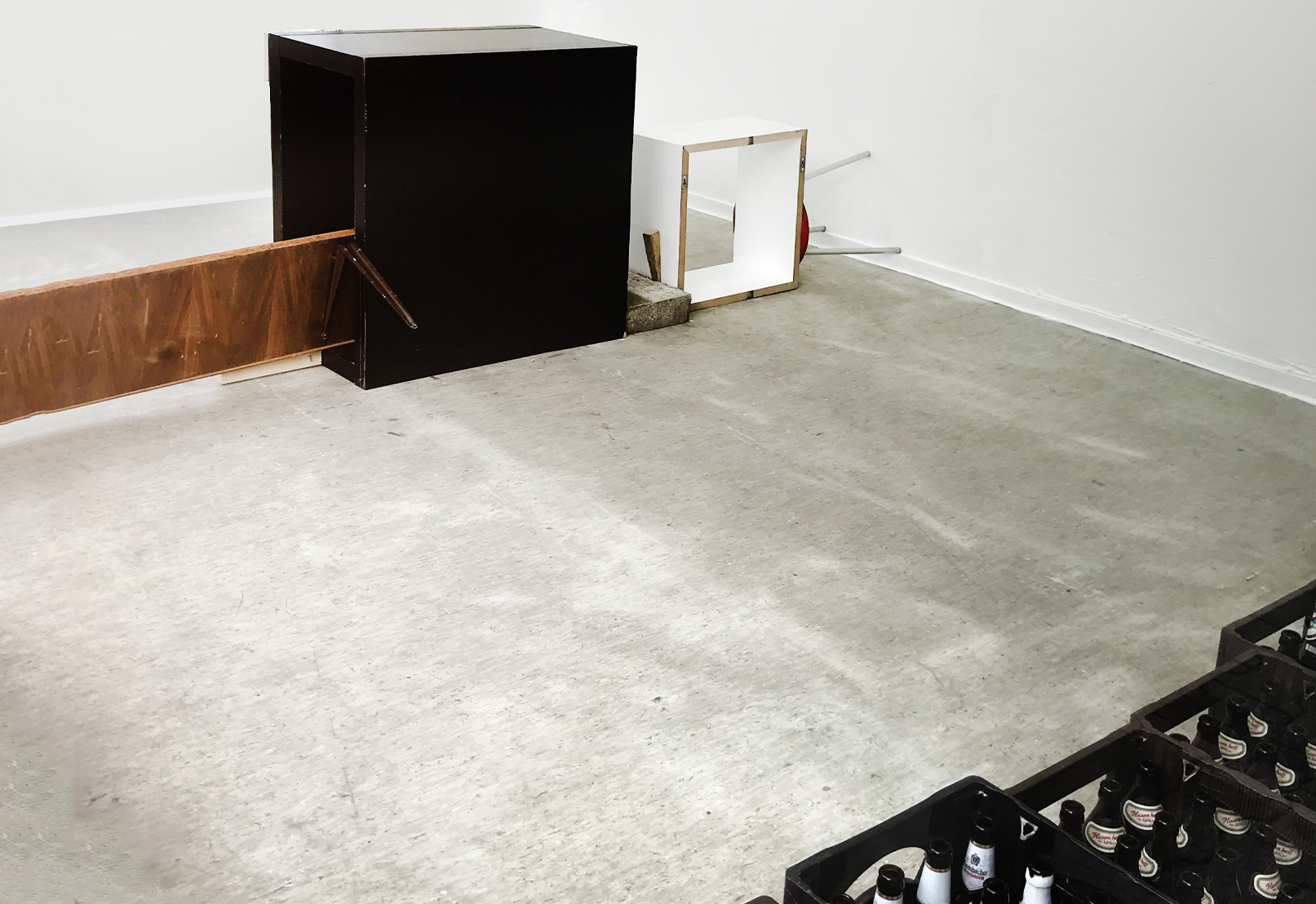Via Lewandowsky: Locked Out : Verena Kerfin Gallery, Köthener Strasse 28, Berlin 10963
Past
exhibition
Overview
The intervention "Locked Out" by Via Lewandowsky, presented at the Verena Kerfin Gallery during Berlin Art Week from September 5th to 17th, 2020, transformed the gallery into a site of ironic absurdity. In a performative act, Lewandowsky sought to deny the gallery owner access to her own space, aiming to interrogate notions of control, functionality, and power within the art institution. However, as it turned out, the gesture was far from foolproof. Enthusiastic visitors and gallery staff found it remarkably easy to regain access to the space. Neither the audience nor the gallery's employees were willing to accept being locked out of a cultural venue—not even by an artist.
The audience's simple refusal to be excluded exposed a dynamic that differed from the artist's original intent. It revealed the delicate balance between the perceived hierarchy of the "genius" and the servant of the public sphere. Art, as this intervention so aptly demonstrated, relies on its audience to remain alive. Spaces like the Verena Kerfin Gallery are not just vessels for artistic gestures; they exist through and for the people who engage with them.
As visitors repeatedly reclaimed their access to the gallery, the symbolic act of "locking out" was reversed. Instead of accepting exclusion from a cultural space, even at the hands of the artist, the audience effectively reclaimed the gallery. This turn of events shifted the intervention's irony to a reflection of power dynamics: not the artist, but the audience proved to be the true holder of agency, breathing life into the art and the space alike.
The installation's elements—beer crates, a toppled stool, a wooden board serving as a makeshift barrier—further contributed to the narrative. They suggested barriers and resistance but were as easily dismantled as they were constructed. The poetic intent of the work, to leave the space to itself and negate its functionality, was consistently undermined by the audience’s pragmatic determination. In this way, the gallery became a symbol of vitality, a space that could not be silenced by external constraints or authoritarian gestures.
Historically, Lewandowsky's work can be situated within the tradition of institutional critique, akin to artists like Hans Haacke or Michael Asher. However, while such works often revealed opaque and rigid institutional mechanisms, "Locked Out" carried a playful undertone that ultimately disarmed itself. The intervention demonstrated that culture cannot be suppressed through prohibitions or symbolic acts—not by institutions, nor by artists. Instead, art needs its audience to animate, challenge, and imbue it with meaning through active participation.
In the end, "Locked Out" became less a work of resistance and more a quiet homage to the power of cultural participation, the necessity of accessibility, and the audience's unwavering desire to preserve its cultural spaces—whether with or in spite of the art.
The audience's simple refusal to be excluded exposed a dynamic that differed from the artist's original intent. It revealed the delicate balance between the perceived hierarchy of the "genius" and the servant of the public sphere. Art, as this intervention so aptly demonstrated, relies on its audience to remain alive. Spaces like the Verena Kerfin Gallery are not just vessels for artistic gestures; they exist through and for the people who engage with them.
As visitors repeatedly reclaimed their access to the gallery, the symbolic act of "locking out" was reversed. Instead of accepting exclusion from a cultural space, even at the hands of the artist, the audience effectively reclaimed the gallery. This turn of events shifted the intervention's irony to a reflection of power dynamics: not the artist, but the audience proved to be the true holder of agency, breathing life into the art and the space alike.
The installation's elements—beer crates, a toppled stool, a wooden board serving as a makeshift barrier—further contributed to the narrative. They suggested barriers and resistance but were as easily dismantled as they were constructed. The poetic intent of the work, to leave the space to itself and negate its functionality, was consistently undermined by the audience’s pragmatic determination. In this way, the gallery became a symbol of vitality, a space that could not be silenced by external constraints or authoritarian gestures.
Historically, Lewandowsky's work can be situated within the tradition of institutional critique, akin to artists like Hans Haacke or Michael Asher. However, while such works often revealed opaque and rigid institutional mechanisms, "Locked Out" carried a playful undertone that ultimately disarmed itself. The intervention demonstrated that culture cannot be suppressed through prohibitions or symbolic acts—not by institutions, nor by artists. Instead, art needs its audience to animate, challenge, and imbue it with meaning through active participation.
In the end, "Locked Out" became less a work of resistance and more a quiet homage to the power of cultural participation, the necessity of accessibility, and the audience's unwavering desire to preserve its cultural spaces—whether with or in spite of the art.
Installation Views
×
